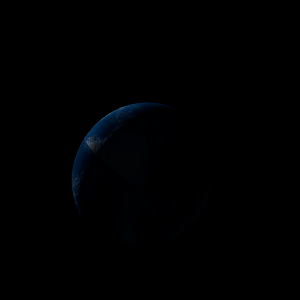|
|
Space Astro
|
Info for exoplanet "Oukwangk"
| Scientific (actual) data |
|---|
| Name | GJ 176 c |
| Planet status | Confirmed |
| Mass sini | 0.0233 |
| Orbital period | 28.586 |
| Semi major axis | 0.146 |
| Orbit eccentricity | 0.02 |
| Angular distance | 0.019108 |
| Discovered | 2019 |
| Updated | 2025-04-16 |
| Tzero vr | 2454290 |
| K | 2.43 |
| Publication | Published in a refereed paper |
| Detection type | Radial Velocity |
| Mass measurement type | Radial Velocity |
| Star name | GJ 176 |
| Right ascension | 70.73° |
| Declination | 18.96° |
| Mag v | 9.97 |
| Mag j | 6.462 |
| Mag h | 5.824 |
| Mag k | 5.607 |
| Star distance | 9.42 |
| Star metallicity | -0.1 |
| Star mass | 0.49 |
| Star radius | 0.53 |
| Star sp type | M2.5V |
| Wikipedia article | GJ 176 c |
Back
| |
| Fictional info (?) |
|---|
| Suggested name | Oukwangk |
| Planet type | Cold planet |
| It is the coldest planetary atmosphere in its solar system, with a minimum temperature of 40°K (-233°C), and has a complex, layered cloud structure with ozone thought to make up the lowest clouds, and hydrogen deuteride (HD) the uppermost layer of clouds.
As seen relative to the fixed stars, it rotates on its axis exactly four times for every three revolutions it makes around GJ 176.
A prominent result is the "great white spot", a giant storm that is known to have existed for centuries since it was first detected by scanner. |
| Atmosphere | Hydrogen deuteride (HD) | 59% |
| Ozone | 29% |
| Carbonyl sulfide | 7.5% |
| Helium | 3.6% |
| Carbon monoxide | 0.46% |
| Nitric oxide | 0.0099% |
| Water vapor | 0.00086% |
| Atmospheric pressure | 15 bar |
 |
| No known satellites |
| Google search for Oukwangk |
|
Website by Joachim Michaelis
|
|
|
|